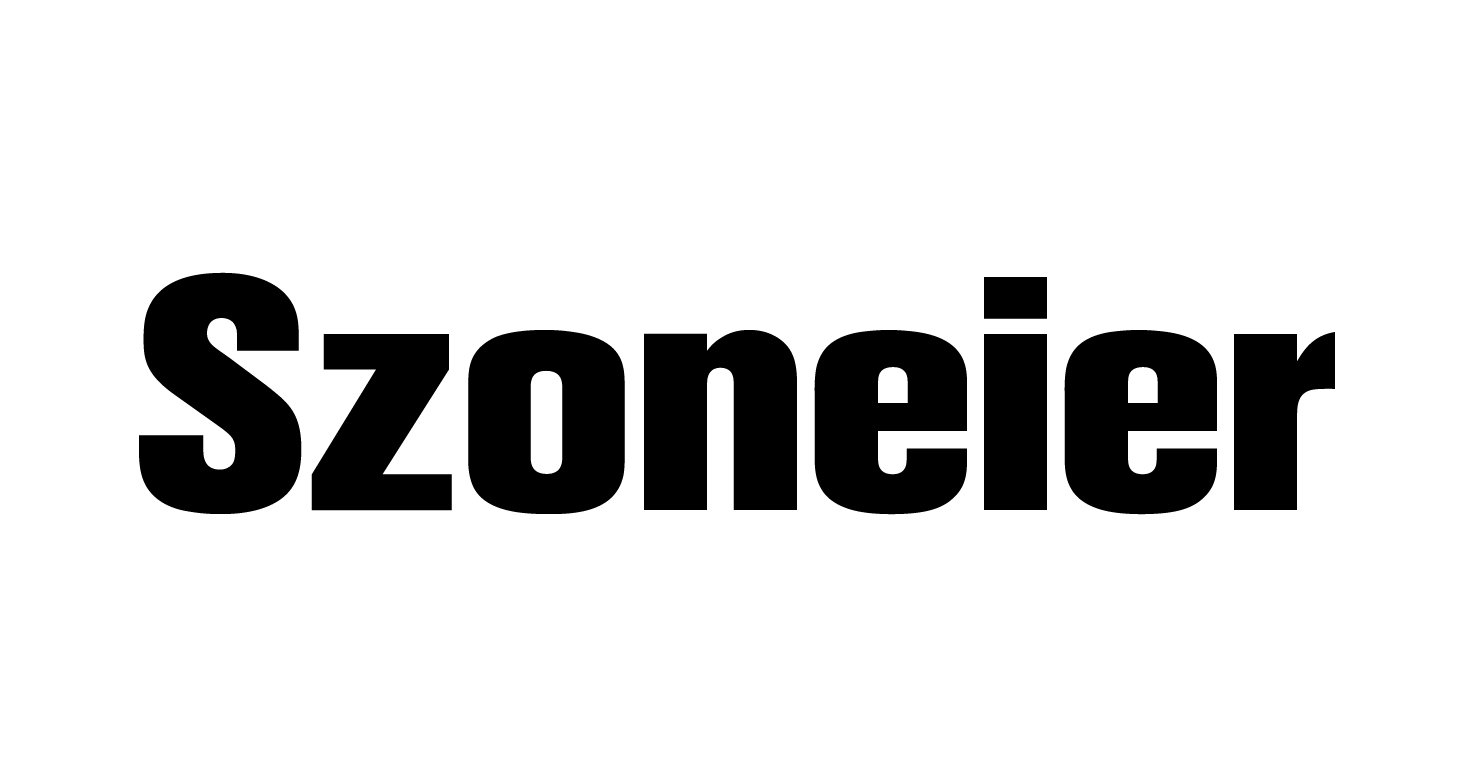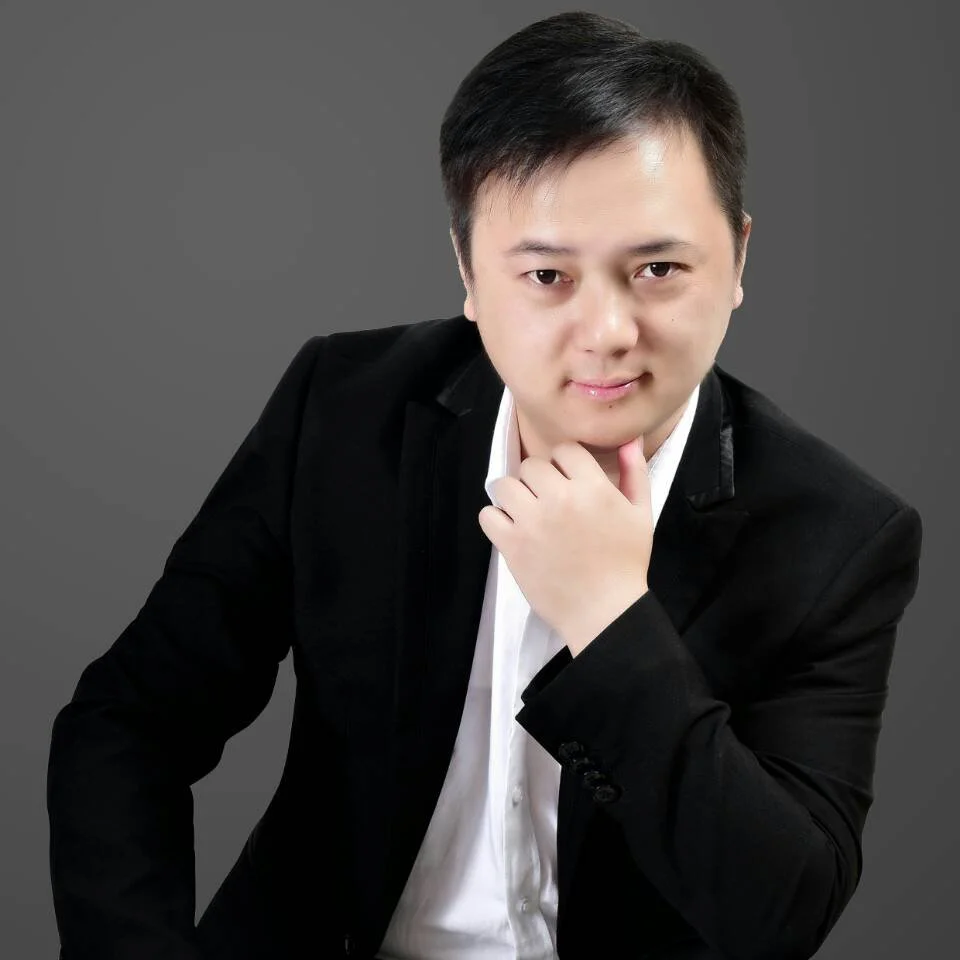Whether in a five-star resort or a boutique guesthouse, housekeeping linen is more than a detail—it’s a defining feature of the guest experience. The softness of the sheets, the absorbency of the towels, and the crispness of the pillowcases all speak volumes about a property’s standard. In a competitive hospitality landscape where comfort and hygiene meet branding and operational efficiency, choosing the right linen types becomes a strategic investment, not just a routine procurement decision.
The most essential types of linen in housekeeping include bed sheets (ranging from 300TC to 600TC), Turkish cotton towels, duvet covers, pillowcases, mattress protectors, table linens, and cleaning cloths—each serving a specific function in delivering guest comfort and service efficiency.
This guide breaks down each type, comparing materials, performance metrics, and sourcing options across hotel categories. We’ll share industry examples, quality benchmarks, and even linen lifecycle expectations so you can make informed decisions. Let’s uncover why thread count isn’t the only number that matters, and how the right towel weight could change your guest reviews overnight.
What Are the Most Common Types of Linen Used in Housekeeping Operations?
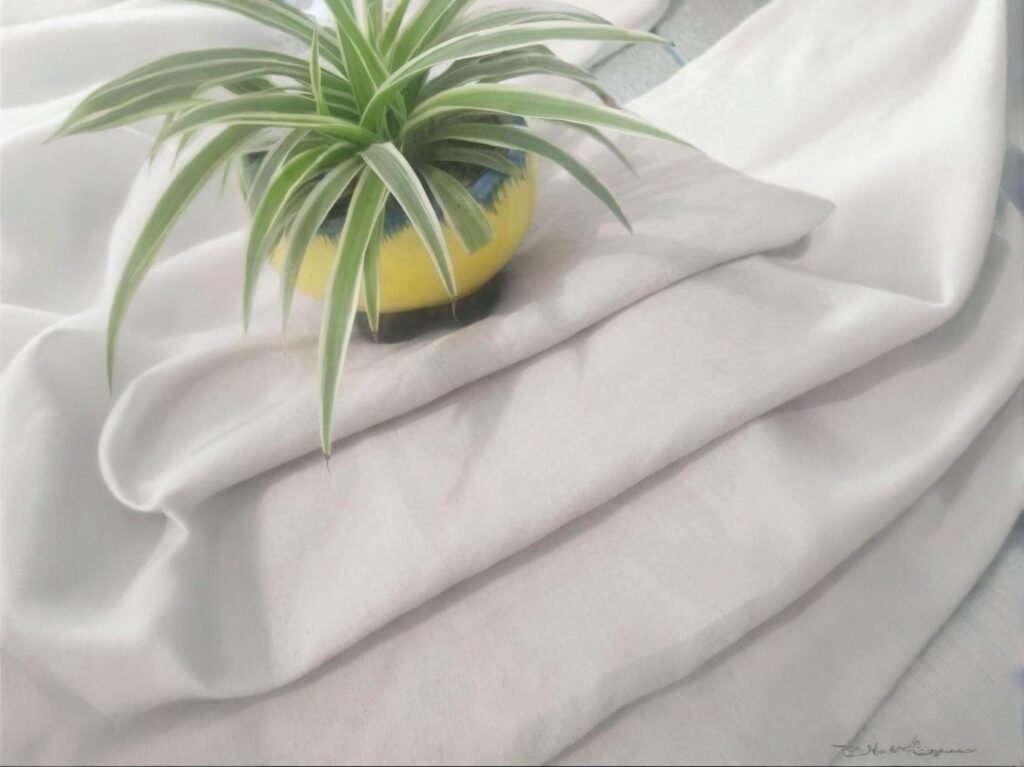
Housekeeping departments manage a wide range of linen items—each with a dedicated role in guest comfort, hygiene standards, and staff workflows. From what goes on the bed to what stays behind the scenes, understanding the purpose of each linen category is crucial.
The most common types of linen in housekeeping include bed sheets, pillowcases, duvet covers, towels, mattress protectors, table linen, and housekeeping cleaning cloths—all essential to daily guest turnover and service excellence.
1.1 Core Linen Categories in Hospitality
| Linen Type | Primary Use | Frequency of Change |
|---|---|---|
| Flat & Fitted Sheets | Bedding – mattress layer | Daily or per check-in |
| Pillowcases | Head hygiene, sleep comfort | Daily or per check-in |
| Duvet Covers | Aesthetic & thermal layer | 2–3 days or per check-in |
| Towels (Face, Hand, Bath) | Bathing, spa, general hygiene | Daily |
| Mattress Protectors | Bed hygiene and allergy control | Weekly or as needed |
| Table Linens | Restaurant and banquet areas | Per event or daily |
| Cleaning Cloths | General housekeeping and sanitation | Daily |
1.2 Bed Linen vs Bath Linen vs Operational Linen
- Bed Linen: Emphasizes softness, breathability, and durability
- Bath Linen: Focuses on absorbency, drying speed, and tactile experience
- Operational Linen: Includes high-wear items like rags, service cloths, utility towels
1.3 Key Considerations for Selection
- Guest satisfaction scores often reflect linen quality
- Turnover rate affects fabric durability requirements
- Washing frequency determines the need for reinforced stitching or higher GSM
1.4 Industry Insight: Hotel Chains and Standardization
Hilton and Marriott have specific linen specs down to thread count and GSM. A 5-star Hilton property in Singapore uses 600TC Egyptian cotton sheets and 700 GSM Turkish towels, while a budget-friendly Ibis may opt for 300TC polycotton and 450 GSM towels.
Which Factors Determine the Quality of Bed Linen, Including Thread Count and Material?
While thread count is often seen as the gold standard of bed linen quality, it’s just one piece of a larger picture. Material type, yarn quality, weave, finish, and stitching integrity are all crucial in delivering the soft, durable, hotel-grade sheets guests expect.
Bed linen quality is determined by a combination of thread count, fabric composition (e.g., 100% cotton, polycotton, or linen), weave structure (percale or sateen), yarn quality, and finishing processes. Higher thread count doesn’t always mean better performance.
2.1 Understanding Thread Count
- Thread Count (TC) refers to the number of threads woven per square inch of fabric
- Optimal range for hotels: 300–600 TC
- 300TC: Crisp, breathable, budget-friendly
- 400TC: Balanced softness and durability
- 600TC: Luxurious feel, used in 5-star hotels
2.2 Material Comparison Table
| Fabric Type | Feel | Durability | Cost | Ideal For |
|---|---|---|---|---|
| 100% Cotton | Soft, breathable | Medium | Mid–High | 4–5 star hotels |
| Polycotton Blend | Smooth, durable | High | Low–Mid | Economy & mid-tier hotels |
| 100% Linen | Textured, cool | High | High | Boutique, eco-luxury |
| Bamboo-Cotton Mix | Silky, breathable | Medium | Mid | Green-certified hotels |
2.3 Weave Types Matter
- Percale: Plain weave, matte finish, crisp feel, ideal for tropical climates
- Sateen: Satin weave, glossy surface, smoother to touch, more insulating
2.4 Finishing Processes
- Mercerization: Enhances cotton strength and sheen
- Sanforizing: Pre-shrinks fabric for consistent fit
- Calendering: Adds a polished, pressed look
2.5 Real Case: 600TC Sheets in Urban Business Hotels
Business hotels in Dubai and Singapore report that upgrading to 600TC sheets improved guest feedback by 28% on sleep experience. However, they also noted a 15% increase in laundry costs and slightly longer drying times, requiring adjustments in housekeeping scheduling.
How Do 600TC Sheets Compare to Other Thread Counts in Hospitality Settings?
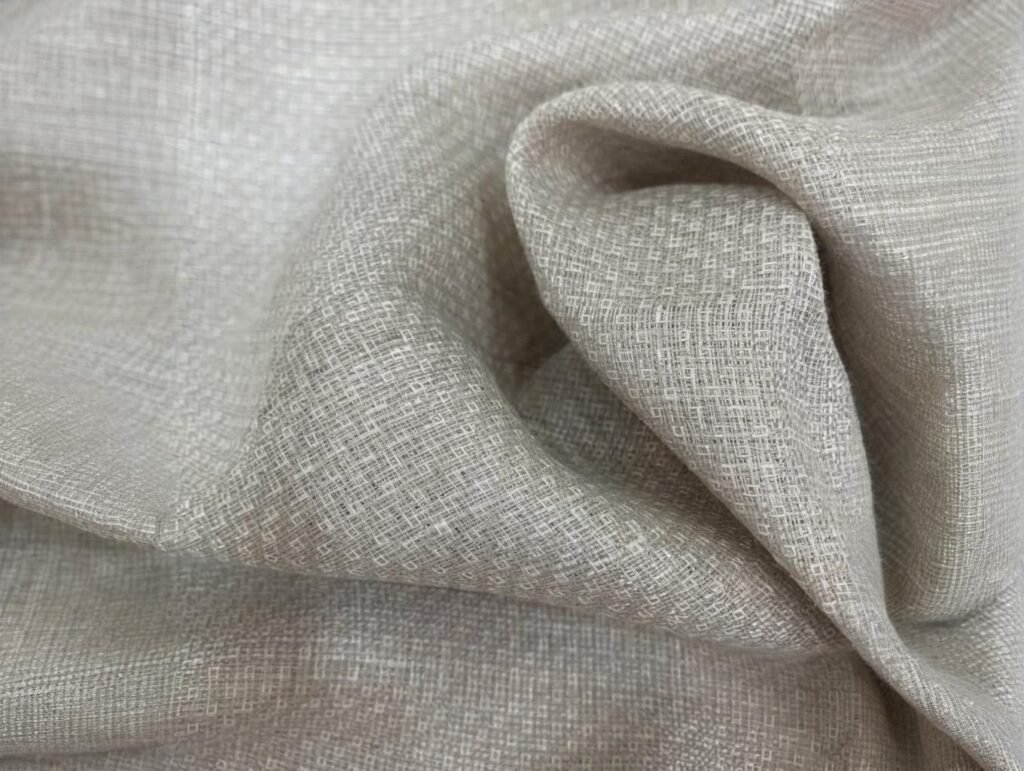
600 thread count (TC) sheets are often associated with luxury, but their performance isn’t automatically superior across all hotel use cases. In hospitality, choosing the right TC is a balance between comfort, durability, drying time, and long-term appearance.
600TC sheets provide a denser weave and smoother feel than lower thread counts, offering a more luxurious sleep experience—but they require longer drying times and careful laundering. Hotels must weigh guest expectations against operational practicality.
3.1 Thread Count Comparison by Performance
| Thread Count | Softness | Durability | Wrinkle Resistance | Drying Time | Ideal Property Type |
|---|---|---|---|---|---|
| 200–300TC | Moderate | High | High | Fast | Budget & mid-range hotels |
| 400TC | High | High | Moderate | Moderate | Business or urban hotels |
| 600TC | Very High | Medium | Low (without finish) | Slow | Luxury resorts & boutiques |
| 800TC+ | Excessive | Low (can be multi-ply) | Low | Very Slow | Rare, often marketing driven |
3.2 Fabric Density and Guest Comfort
- 600TC sheets often use single-ply long-staple cotton to avoid heaviness
- Offer a sateen weave finish that feels silkier and warmer
- Suited for cooler climate rooms or high AC usage environments
3.3 Operational Impacts
- Require longer drying cycles, increasing energy costs
- More prone to pilling or thinning if washed at high temperatures or dried aggressively
- Need gentler detergents to maintain fiber integrity
3.4 Industry Insight: Sizing and Fit
Luxury hotels using 600TC sheets often pair them with deep-pocket fitted sheets and custom duvet covers, especially when using pillow-top mattresses. This reduces tucking effort during turnover and preserves the fabric’s shape.
3.5 Case Example: 600TC Sheet Lifecycle
A premium hotel in Los Angeles switched to 600TC Egyptian cotton sheets. Guest satisfaction increased notably, especially among VIP repeat travelers. However, they had to replace sheets every 80–100 wash cycles, compared to 150+ for their previous 400TC polycotton blend.
What Makes 100% Turkish Cotton Towels a Preferred Choice for Premium Hospitality?
Towels are among the most touched and frequently replaced textiles in hospitality. Turkish cotton, known for its long fibers and high absorbency, has become the gold standard for premium guest experiences—particularly in spas and 5-star hotels.
100% Turkish cotton towels are preferred in premium hospitality for their superior softness, absorbency, durability, and fast drying capabilities, especially when woven using zero-twist or combed yarns.
4.1 Key Benefits of Turkish Cotton
- Long-staple fiber: Fewer joins, resulting in softer feel and stronger fabric
- Highly absorbent: Excellent for post-shower or spa use
- Quick drying: Less mildew risk in humid environments
- Naturally glossy: Retains brightness longer, with a more luxurious appearance
4.2 GSM (Grams per Square Meter) Guide for Hospitality Towels
| Towel Type | GSM Range | Texture | Recommended Use |
|---|---|---|---|
| Face Towels | 400–500 | Soft, fast-drying | Standard guest use |
| Hand Towels | 500–600 | Balanced weight | Guest rooms |
| Bath Towels | 600–750 | Plush and absorbent | Premium suites & spas |
| Bath Sheets | 700–800+ | Oversized luxury | Spa resorts, VIP rooms |
4.3 Construction Types
- Zero-twist towels: Made from fibers that do not need to be tightly twisted, resulting in loftier and quicker-drying towels
- Combed cotton: Removes short fibers, ensuring durability and softness
- Double-stitched hems: Reinforces edge strength after repeated laundry
4.4 Laundry Considerations
- Turkish towels require lower tumble heat to maintain softness
- Avoid fabric softeners, which reduce absorbency over time
- Best dried with minimal dryer time + hang finish for spa-like fluff
4.5 Real-World Example: Spa Towels in a Boutique Resort
A boutique resort in Bali upgraded to 100% Turkish cotton towels (650 GSM) in all ocean-view suites and spa cabanas. Within 3 months, guest reviews showed a 22% increase in “comfort” mentions. Despite a higher per-unit cost, the towels maintained integrity for 120+ washes and cut reordering costs by 17% annually.
Which Linen Types Are Best for Housekeeping Efficiency and Durability?
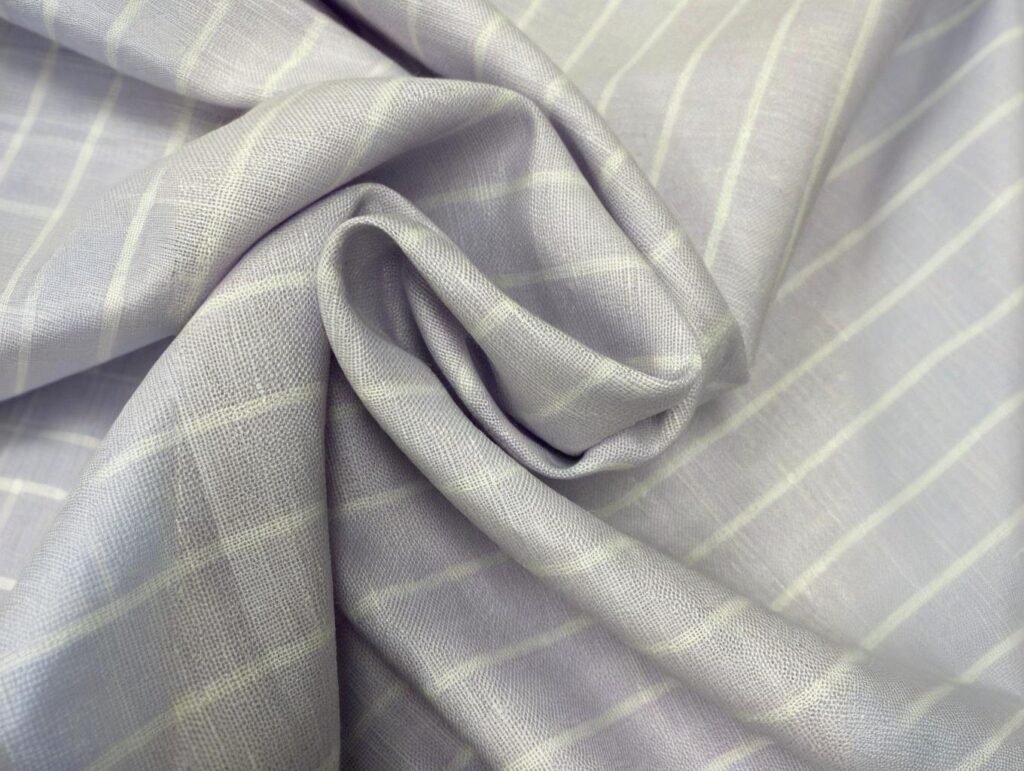
Housekeeping isn’t just about presentation—it’s a timed, repetitive process that must be efficient, cost-effective, and aligned with a property’s turnover rate. The best linen types for operational efficiency are those that are easy to wash, quick to dry, durable under heavy use, and maintain their appearance over time.
The best linen types for housekeeping efficiency combine moderate GSM, wrinkle resistance, easy folding, reinforced stitching, and compatibility with commercial laundering systems—making polycotton blends, 300–400TC sheets, and mid-GSM towels top choices.
5.1 Bed Linen for Speed & Longevity
| Feature | Ideal Specification | Reason for Housekeeping Use |
|---|---|---|
| Thread Count | 300–400TC (Percale) | Easier to fold, faster to dry |
| Material | Polycotton (60/40 or 70/30) | Resistant to wear and shrinkage |
| Finish | Easy-iron or wrinkle-free | Reduces pressing and folding time |
| Hem Construction | Double needle stitching | Prevents fraying after wash |
5.2 Towels Built for Volume Turnover
- GSM Range: 450–600 GSM for daily-use bath towels (balances plushness and drying speed)
- Color: Opt for white with bleach-safe dyes for stain treatment
- Hanging Loops: Aid in drying and organizing during cleaning rounds
5.3 Duvet Covers and Pillowcases
- Use envelope-style closures instead of zippers for faster changes
- Stick to solid whites or bordered edges—easier for sorting and restocking
- Go for percale over sateen if wrinkling is a concern
5.4 Case Insight: Housekeeping SOP in a Chain Hotel
A 3-star hotel chain in Southeast Asia standardized all room linen to 350TC polycotton percale with stitched borders. This reduced their ironing workload by 40%, extended linen life by 30%, and enabled a one-person room turnover in under 12 minutes.
5.5 Staff-Centric Efficiency Enhancements
- Color-coded towel trims for size identification
- RFID tags sewn into linens for inventory tracking
- Sizing consistency to avoid mix-ups across beds of similar dimensions
How Do Hotels Choose the Right Linen Based on Property Type and Guest Expectations?
Not all hotels are created equal—and neither are their linen requirements. A 5-star spa resort catering to wellness travelers will have vastly different expectations than a city hostel. The trick lies in aligning linen quality with branding, location, guest profile, and operational budget.
Hotels choose linen types based on star rating, guest demographics, climate, turnover frequency, and brand standards. Luxury properties prioritize sensory comfort and exclusivity, while mid-scale hotels balance cost, efficiency, and aesthetic value.
6.1 Property Classification and Linen Strategy
| Property Type | Linen Style | Guest Expectation |
|---|---|---|
| 5-Star Resort | 600TC sheets, Turkish towels | Opulence, spa-level comfort |
| Urban Business Hotel | 400TC cotton, medium GSM towels | Practical comfort, elegance |
| Boutique Hotel | Linen or bamboo blends, textured | Authenticity, eco-conscious |
| Budget Hotel | 250–300TC polycotton, 450 GSM | Cleanliness, durability |
| Hostels | Fitted sheets, multi-use towels | Cost, functionality |
6.2 Climate and Regional Preference
- Tropical regions prefer breathable 100% cotton or percale weaves
- Cold climates favor heavier sateen weaves or cotton-linen mixes for warmth
- Middle Eastern and Mediterranean hotels often invest in oversized bath sheets for cultural preferences
6.3 Guest Demographic Insight
- Wellness travelers prefer OEKO-TEX-certified or bamboo-infused textiles
- Business travelers favor smooth, pressed sheets and fast-drying towels
- Families with kids need hypoallergenic and easy-care fabrics
6.4 Brand Identity and Linen Consistency
Global chains like Hyatt or Marriott have in-house linen specification manuals detailing fabric composition, color, thread count, and even washing instructions to maintain a consistent guest experience across locations.
6.5 Case Study: Linen Selection for an Eco-Lodge
A sustainable lodge in Costa Rica opted for 100% organic linen sheets (160 GSM) and waffle-weave cotton towels to support its eco-positioning. While their turnover was slower, their linen lifespan was extended to over 200 washes, and guests frequently mentioned the bedding in 5-star reviews.
What Are the Maintenance and Lifespan Differences Among Key Linen Types?

Housekeeping linen undergoes intense daily use and must withstand industrial laundering cycles, frequent chemical exposure, and mechanical wear. The true cost of linen lies not just in its upfront price but in its longevity—how many cycles it lasts while maintaining softness, structure, and appearance.
The maintenance demands and lifespan of linen depend on fabric type, GSM, weave structure, and finishing. Polycotton blends typically last longer with lower care needs, while 100% cotton and Turkish cotton offer a more premium feel but may require gentler handling to preserve softness and integrity.
7.1 Lifespan by Fabric Type (Estimated Wash Cycles)
| Linen Type | Avg Wash Lifespan | Special Notes |
|---|---|---|
| 100% Cotton Sheets | 100–150 cycles | Softens over time, may shrink if overheated |
| Polycotton Sheets | 150–200 cycles | Highly durable, colorfast, easy-iron |
| 600TC Cotton Sheets | 80–120 cycles | Requires gentle laundering |
| Turkish Cotton Towels | 120–150 cycles | Softens after first 3–4 washes |
| 100% Linen Bedding | 150–200 cycles | Improves with age, wrinkles naturally |
| Microfiber Cleaning Cloth | 200–300 cycles | Resilient, fast-drying |
7.2 Laundry Considerations
- Temperature Settings: High temps reduce lifespan, especially for 600TC sheets
- Dryer Time: Over-drying causes fiber breakdown—air-dry or low tumble preferred
- Chemical Use: Fabric softeners reduce towel absorbency; chlorine bleach shortens sheet life
- Ironing: Sateen sheets require more care to maintain sheen, while percale can be air-dried and folded
7.3 Linen Care Best Practices
- Wash in mild detergent with neutral pH
- Sort by fabric type and weight to avoid damage
- Use pressing mangles for speed and uniformity in large operations
- Store linen flat in breathable, dry storage with proper rotation system
7.4 Real-World Example: Towel Replacement Cost Audit
A hotel in Thailand shifted from 700 GSM Egyptian cotton towels (lasting \~90 washes) to 600 GSM Turkish towels. While the latter were slightly thinner, they lasted 130 washes with 30% lower replacement costs and positive guest reviews.
How Should Hospitality Buyers Source Custom Linen Products from Manufacturers?
Selecting the right linen supplier isn’t just about catalogs and price lists. It’s about transparency, customizability, and the supplier’s ability to deliver fabric that meets both branding and operational needs. From GSM to thread count to hem stitching, every detail can be adjusted if the manufacturer has the capabilities.
Hospitality buyers should source custom linen by evaluating the supplier’s fabric portfolio, MOQ flexibility, sampling process, finishing technologies, certifications, and ability to meet hospitality-grade durability standards.
8.1 Key Factors to Consider When Choosing a Linen Manufacturer
| Factor | Why It Matters |
|---|---|
| MOQ Flexibility | Supports small batches or multiple SKUs |
| Sampling Support | Allows lab dips and test pieces before full order |
| Custom Finishing Options | Enzyme wash, softener, wrinkle-free, etc. |
| Fabric Testing | GSM, colorfastness, pilling resistance |
| Logistics Support | Bulk shipping, export documentation, warehousing |
| Certifications | OEKO-TEX®, GOTS, ISO9001, BSCI |
8.2 Questions to Ask a Potential Supplier
- Can you meet hotel-grade durability and washability standards?
- Do you offer low MOQ for new SKUs or pilot collections?
- What’s the lead time for custom thread count or towel GSM?
- Can we order matching sets (sheets + duvets + towels)?
- Are your textiles tested for pH balance and colorfastness after 50+ washes?
8.3 Why Work with an Integrated Manufacturer like SzoneierFabrics
SzoneierFabrics provides:
- Free sample development for hotels and hospitality projects
- Flexible MOQ starting at 200 meters per design or color
- Full material traceability—cotton, linen, bamboo, or blends
- Customization for logos, embroidery, or brand-specific finishes
- Experience working with mid-sized hotels and boutique brands worldwide
8.4 Case Example: Hotel Collection Linen Kit
A boutique hotel in South Africa partnered with SzoneierFabrics to create a “linen kit” for their new room category: 400TC percale sheets, 650 GSM Turkish bath towels, and linen blend robes. All materials were custom-dyed to match their brand palette, with logo embroidery and packaging for in-room resale. The pilot order shipped in 23 days and was reordered within 3 months based on guest demand.
Source Custom Hospitality Linen with Confidence at SzoneierFabrics
The right linen choices go far beyond thread count or price per piece—they influence the guest experience, operational rhythm, and even brand identity. Whether you’re outfitting an eco-lodge, a city business hotel, or a high-touch luxury resort, the quality and functionality of your linen directly reflect your service standards.
At SzoneierFabrics, we specialize in manufacturing custom hospitality linen that meets real-world housekeeping demands while elevating your brand presence. From low-MOQ prototyping to high-volume production, we help you create hotel-grade sheets, towels, and specialty linen with quality you can feel and durability you can trust.
Contact SzoneierFabrics today for a free quote, linen sample set, or personalized production consultation for your property.
